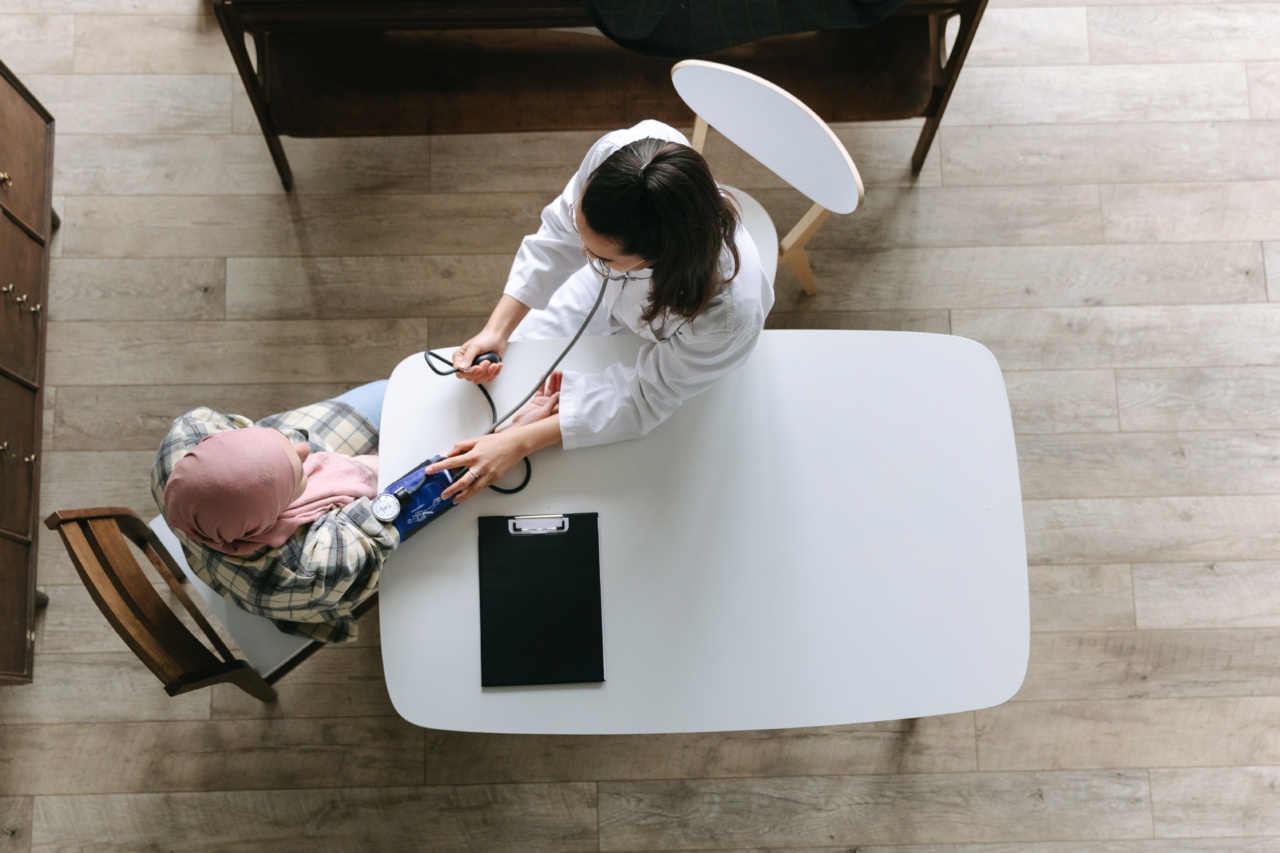High blood pressure, also known as hypertension, is a common health problem in Germany affecting around 35% percent of the adult population, according to the German Hypertension League.
It is a leading cause of heart attack, stroke, kidney failure, and death. However, many people with hypertension do not know they have it as there are usually no symptoms. That is why regular monitoring of blood pressure is essential.
What Is Blood Pressure?
Blood pressure is the force of blood pushing against the walls of arteries that transport blood from the heart to the rest of the body. The two numbers that measure blood pressure are systolic pressure and diastolic pressure.
Systolic pressure refers to the force when the heart contracts and pushes blood out, and diastolic pressure is the force when the heart relaxes and fills with blood. A normal blood pressure reading is usually around 120/80 mmHg (millimeters of mercury) or lower.
Why Is Monitoring Blood Pressure Important?
When the blood pressure is continuously high, the heart and blood vessels become damaged, leading to an increased risk of cardiovascular disease, kidney disease, and other health complications.
Monitoring blood pressure can help detect hypertension early, allowing for timely intervention and treatment.
Home Blood Pressure Monitoring
Home blood pressure monitoring is a convenient and effective way to keep track of blood pressure readings regularly. It involves the use of a blood pressure monitor, which can be purchased at a pharmacy, online, or prescribed by a doctor.
The monitor consists of an inflatable cuff that wraps around the arm and a measuring device that displays the blood pressure reading.
The Benefits of Home Blood Pressure Monitoring
Home blood pressure monitoring allows patients to:.
- Track their blood pressure readings over time and identify patterns and changes
- Avoid the “white coat” effect, which is when blood pressure increases due to anxiety or stress during a doctor’s visit
- Take an active role in their health and manage their condition more effectively
- Adjust medications, diet, and lifestyle habits based on their readings and doctor’s recommendations
- Reduce the number of doctor visits and save time and money
How to Monitor Blood Pressure at Home
To ensure accurate readings, patients should follow these steps when monitoring their blood pressure at home:.
- Choose a relaxed and quiet environment
- Rest for at least five minutes before taking the reading
- Sit comfortably with the back supported and feet on the floor
- Place the cuff on the upper arm, aligning it with the heart
- Inflate the cuff until the reading reaches around 30 points above the expected systolic pressure
- Slowly release the pressure and watch the monitor for the reading
- Record the reading in a journal or an app, along with the date and time
When to Consult a Doctor
Home blood pressure monitoring should not replace regular doctor visits, but rather complement them. Patients should consult their doctor if:.
- They have consistently high blood pressure readings
- They experience symptoms such as headache, chest pain, shortness of breath, or dizziness
- They have a family history of hypertension or cardiovascular disease
- They are pregnant or have other health conditions
Conclusion
Monitoring blood pressure at home can be a valuable tool for patients in Germany to manage hypertension and improve their overall health outcomes.
By educating and encouraging patients to monitor their blood pressure regularly, healthcare professionals can help reduce the incidence of cardiovascular disease and its associated complications.





























